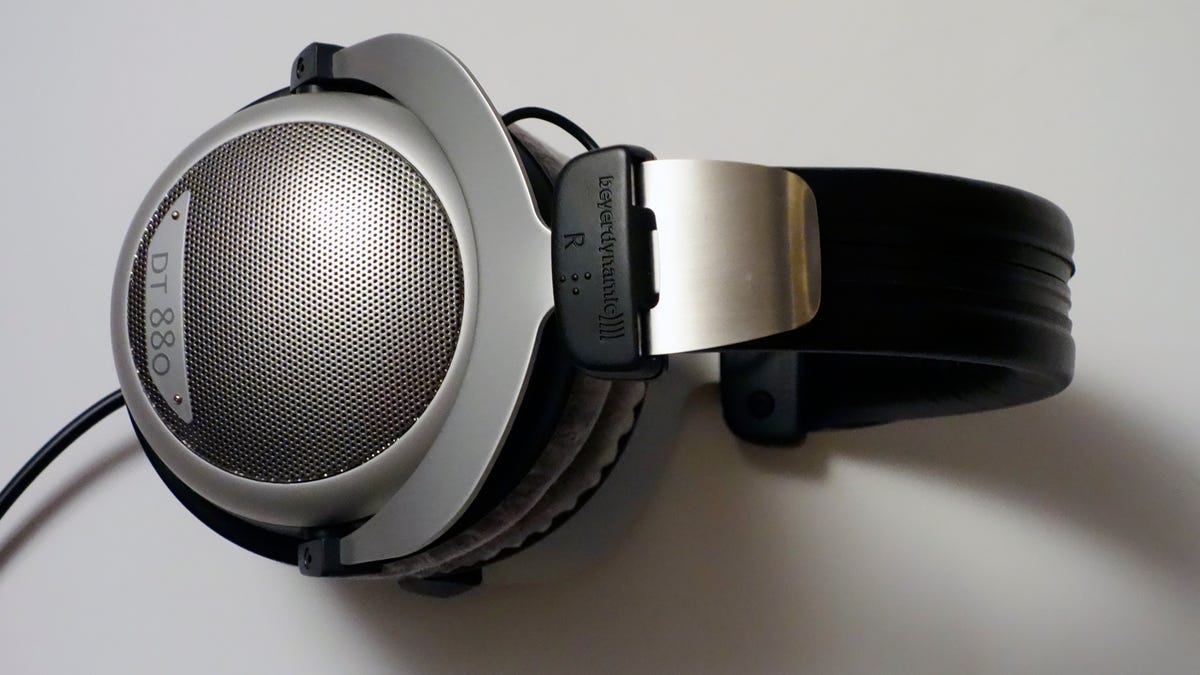Stop buying disposable headphones! These classics all trump the latest 'phones
The Audiophiliac put together a collection of seven classic, mostly very affordable headphones that still sound great

Face it: most of today's hottest products become yesterday's news in a hurry, but when a product sticks around for 10 or more years it has to be pretty darn special. This collection of oldie-but-goodie headphones are still more than worthy contenders when compared against the best of the latest headphones. Which proves, once again, that investing in a great set of headphones pays long-term dividends. All seven classic headphones listed below are still in production -- they must be doing something right.
The Koss Porta Pro on-ear headphones
Koss Porta Pro
I regularly spot folks wearing Koss Porta Pro on-ear headphones in the subway and streets of New York City. The Porta Pro ($50) has been in continuous production for 28 years, and Koss sees no reason to mess with success. It's super lightweight, sounds sweet, and comes with a bona-fide lifetime warranty!
Grado SR-80e
These handmade-in-Brooklyn, open-back headphones remain hugely popular. The $100 SR-80e is light, but not all that comfy. Its wide-open sound, freewheeling dynamics and nimble bass have dazzled Grado fans for decades.
Etymotic ER-4
The name "Etymotic" means "true to the ear" and is pronounced "et-im-OH-tik." The company's first noise-isolating in-ear earphone, the Etymotic ER-4, debuted in 1991. The $299 headphone's key strength is its neutrality; it's a very high-resolution device. Play well-recorded music and you will hear more of the subtle stuff -- the breath of a singer, the brush of a guitarist's fingers against the strings, the rattle of a snare drum -- than you will with other similarly priced in-ear headphones.
Koss ESP-950
The Koss ESP-950 electrostatic headphone debuted in 1990, so color me embarrassed -- I'm a little late to the party. The good news is the ESP-950 is still being made, and this 26-year-old design is more transparent and spacious sounding than some of the best headphones I've reviewed over the past few years. Not only that, it's also lighter and more comfortable than most high-end headphones. The bundled price of the ESP-950 headphone and matching E-90 headphone amp is $1,000 (the headphones aren't sold separately).
Beyerdynamic DT 880 Edition
The original Beyerdynamic DT 880 over-the-ear headphone was introduced in 1980! This isn't a headphone for bass lovers, and the treble can be overzealous, but matched with a Schiit Valhalla 2 headphone amp the sound takes on a luscious quality that brings recorded music back to life. The DT 880 Edition is available in three different impedances: 32, 250 and 600 ohms. All three models sell for the same price: $299.
The uber comfy Sennheiser HD 600 headphones
Sennheiser HD 600
These made in Germany, open-back, high-impedance (300 ohm) headphones have served as a reference standard for countless audiophiles since 1998. They are supremely comfortable and accurate, so they won't thrill folks seeking maximum bass impact or sizzling highs -- the HD 600 just tells it like it is. It sells for $400.
Sony MDR 7506
This one debuted in 1991, and it's still a workhorse. The $100 Sony MDR-7506 has long been a favorite headphone of recording engineers and other sound professionals. The origins of its design date even further back, since the MDR-7506 is in fact, a refresh of the Sony MDR-V6 that rolled out in 1985 (and which is also still in production). Both models were designed for the pro market but remain hugely popular with consumers.
Have I missed any headphones that have been made for more than 10 years and are still in production? Tell us all about them in the Comments section below.

